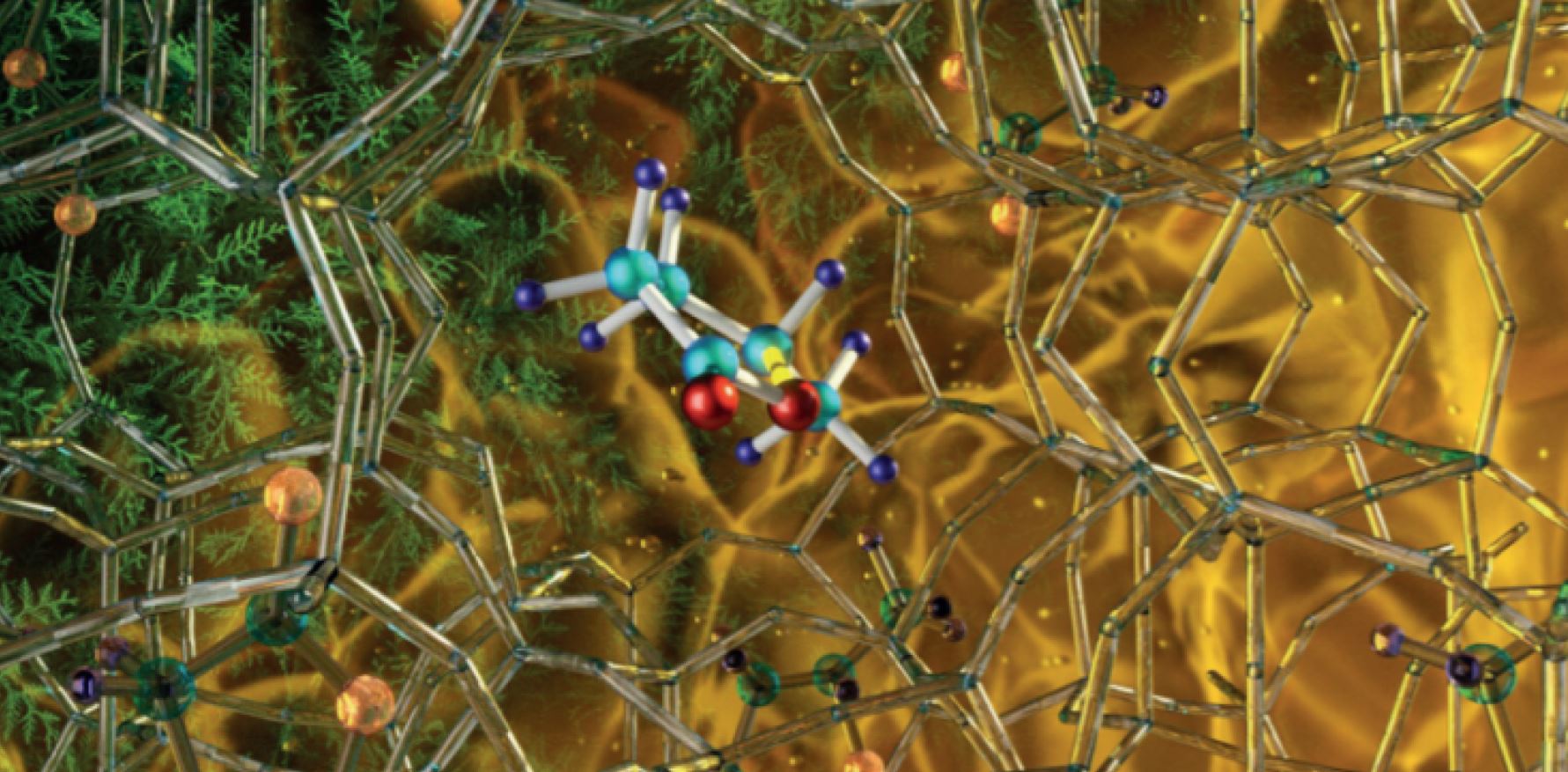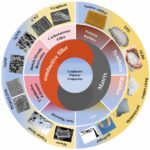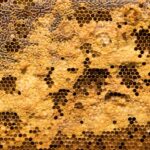 Hey there! If you’ve ever been curious about how we can make biofuel production more efficient, I’ve got some exciting news to share. Researchers from Oak Ridge National Laboratory (ORNL) and the University of Cincinnati have made a big leap forward by tackling a key challenge: the toxicity of butanol during fermentation. This could really change the game for producing fuels and chemicals from plant biomass here at home.
Hey there! If you’ve ever been curious about how we can make biofuel production more efficient, I’ve got some exciting news to share. Researchers from Oak Ridge National Laboratory (ORNL) and the University of Cincinnati have made a big leap forward by tackling a key challenge: the toxicity of butanol during fermentation. This could really change the game for producing fuels and chemicals from plant biomass here at home.
So, what’s the deal with butanol? It’s a promising biofuel, but it has a downside—it’s toxic to the microbes that produce it, which limits how much we can make during fermentation. The team focused on the membranes inside microbial cells, which are essential for keeping everything stable and organized. They used liposomes to mimic these membranes and found that butanol doesn’t distribute evenly, causing stress and reducing efficiency.
Here’s where it gets really interesting: they used a tool called the Biological Small-Angle Neutron Scattering instrument (Bio-SANS) right at ORNL. This allowed them to take a close, non-destructive look at how butanol affects these membranes. Turns out, butanol makes some parts of the membrane bigger and others thinner. Jon Nickels, one of the lead researchers, mentioned that this gave them a new perspective on how cell membranes behave at the nanoscale.
To add another layer to their findings, the team ran molecular dynamics simulations at the National Energy Research Scientific Computing Center. These simulations offered a dynamic view of how molecules interact, backing up what they found experimentally. They discovered that butanol tends to gather at membrane interfaces, pointing out potential targets to reduce its toxic effects.
This research is a big deal because it not only sheds light on how solvent toxicity works but also opens up new ways to make microbes more resilient. By pinpointing weak spots in the membranes, scientists can now think about engineering tougher microbial strains or finding other ways to prevent membrane thinning.
This collaboration between ORNL and the University of Cincinnati is a great example of how combining biological knowledge with cutting-edge tools can lead to breakthroughs. Stabilizing these membrane domains might just be the key to reducing cell stress and boosting fermentation efficiency, which could pave the way for more sustainable biofuel production.








